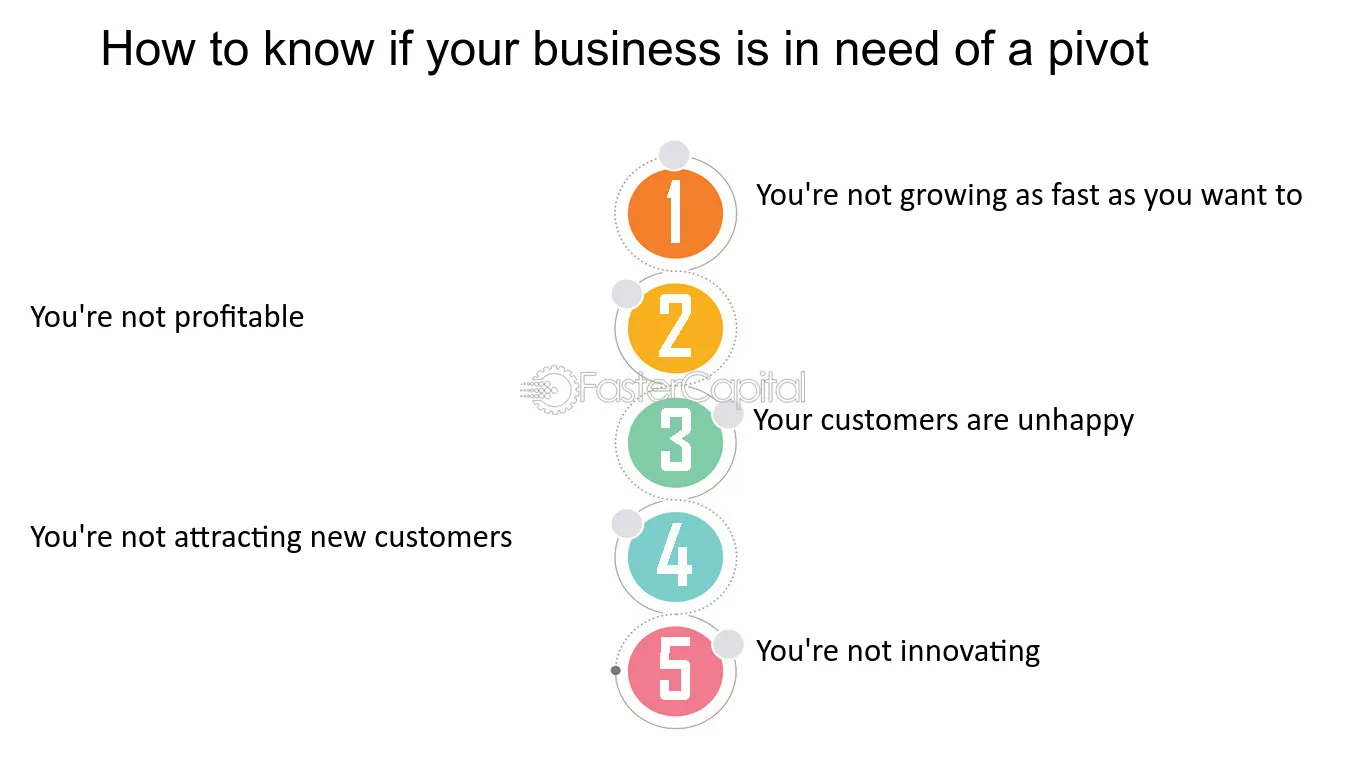Is it time to pivot? – Page 2 of 2 – StartupSmart
For Tony Faure, ex-CEO of NineMSN turned successful start-up investor, pivoting needs to be carefully defined as a change of tactic, rather than a complete change in business model.
“All companies should go hard on their initial idea and test if it works,” he says. “Many of them then use that germ of an idea in another way and attack it in a different way. That’s pivoting.”
“Lasttix (Faure is an investor and chairman) began life as MyTickets, which was a classifieds market for tickets. It acted as a big search engine for tickets to help promoters sell more of them.”
“It turned out that this model didn’t have a huge value for promoters, but what came out of that was Lasttix, which very clearly works and is a valid model – it’s lower cost and can operate as a smaller organisation.”
“The proposition of the business – to help promoters sell tickets – didn’t change, it was just the way we delivered it. If your initial assessment isn’t tight, you need to move quickly.”
“But changing from running a jobs site, for example, to a real estate agent site is changing to something with a completely different proposition and with different customers. That’s not a pivot. It’s a fail.”
Sauvignon says that start-ups should make daily tweaks to their business in response to what they’ve learned.
“Launching your product – ideally in the first days of the start-up’s life – will most likely bring back learnings that will, one way or another, require some sort of changes,” he says.
“In this context it becomes clear why launching as early as possible is so important for web start-ups.”
“If your product is very simple and the market tells you that this is not what it wants, it will then be easy to pivot onto something that the market actually wants.”
Three key tips to pivoting your business
If you are considering pivoting your business, there are three key considerations you need to make:
1. Work out your metrics
Your business may not be hitting the mark, but how do you quantify this?
You need a defined measure of success or failure in order to know if you’re on track or not.
“Don’t pivot because your friend thinks you should,” says Sauvignon. “Pivot because you’ve learned something through a substantial test.”
“Find the right metrics for your business as soon as you can. Base them on real value. ‘New users’ is often not such a good metric. ‘Time spent using the product’ might be better, for example. If well picked, your metrics will signal you when and why to pivot.”
2. Test, test, test
Once you’ve made your assumptions, don’t just proclaim yourself a business genius and smugly await your payday.
You need to test the ideas underpinning your start-up idea.
“Running a start-up is hard – if it were easy, everyone would do it,” says Faure.
“You make a lot of assumptions when you start but you’ve got to test them really hard. If they don’t work, that can be a good thing, because you can build a better business out of it.”
“Every good founder starts with a validation point – typically, it’s customers. Find out what they think by talking to them. Once you can get one, then five, then 50 customers to validate your business, you are on the way to testing your assumptions.”
3. Go early or go home
If you’re going to pivot, don’t wait until you’ve burned through all of your money on a failed approach. Do it early on.
“Don’t be shy or ashamed to pivot,” says Sauvignon.
“Pivoting can be an emotionally tough decision to make. But better recognise your business’s weaknesses early on, rather than waste your investors’ money and employees’ time building something that the market has clearly told you it doesn’t want.”

